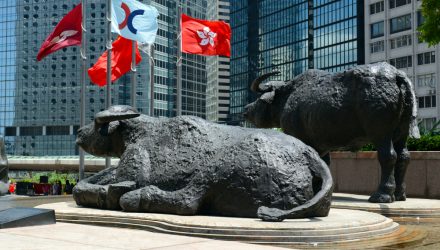Last week, the U.S. Federal Reserve initiated their bond-buying spree, which includes more risky debt issues in the high yield bond markets. In the meantime, while China is in the midst of its own economic recovery following the pandemic, it too can mull over whether it should follow the U.S. Fed’s move to buy riskier debt—or not.
“The People’s Bank of China should avoid buying special treasury bonds as such a move could fuel inflation risks and asset bubbles and lead to depreciation of the yuan currency, central bank policy adviser Ma Jun said in remarks published on Sunday,” a Reuters Business News article noted. “China’s leaders have pledged to take more steps to support the virus-ravaged economy, prompting a heated debate among economists and advisers over whether the central bank should monetize its fiscal deficit through quantitative easing.”
Nonetheless, it remains to be seen whether China can avoid having to do its own bond-buying spree to shore up its economy. So far, the return to normalcy is on track.
“Although the epidemic has caused a short-term impact on China’s economy and fiscal revenue and expenditure, the economic recovery momentum has been quite obvious since the second quarter, and fiscal revenue and expenditure will gradually improve,” the official Financial News quoted Ma as saying.
Corporate Bond ETFs to Consider
Back in the U.S., for investors looking to get in on the corporate bond action, they can consider the Goldman Sachs Access Investment Grade Corporate Bond ETF (GIGB). GIGB seeks to provide investment results that closely correspond to the performance of the FTSE Goldman Sachs Investment Grade Corporate Bond Index.
The fund seeks to achieve its investment objective by investing at least 80% of its assets (exclusive of collateral held from securities lending) in securities included in its underlying index. The index is a rules-based index that is designed to measure the performance of investment-grade, corporate bonds denominated in U.S. dollars that meet certain liquidity and fundamental screening criteria.
Another fund to look at is the iShares Long-Term Corporate Bond ETF (IGLB). IGLB seeks to track the investment results of the ICE BofAML 10+ Year US Corporate Index, which measures the performance of investment-grade corporate bonds of both U.S. and non-U.S. issuers that are U.S. dollar-denominated and publicly issued in the U.S. domestic market and have a remaining maturity of greater than or equal to ten years.
For more market trends, visit ETF Trends.








